Moss, mushrooms, and the mighty micro-herd are the unsung heroes of the ecosystem.
These often ignored critters in God’s kingdom are hard at work churning over dead things to resurrect new life.
Jesus’ resurrection was the firstfruits of the kingdom, the declaration that God is about bringing forth new life. The whole world God created reflects resurrection!
Here’s how these three secret superheroes are designed by God to restore the soil, resurrect life, and keep the Earth’s climate a paradise.
The Micro-Herd
You’ve heard of a herd of cattle… but have you heard of the micro-herd?
The micro-herd is a vital crew of microscopic organisms including bacteria, fungi, nematodes, earthworms, slugs, mites, millipedes, flies, and other critters in charge of capturing the nitrogen and other minerals in manure, precipitation, fertilizers, and dead plant matter and passing it along as vital nutrients for plants to consume.
They’re the ones responsible for taking your rotting fruits and vegetables, lawn clippings, leaves, and other decaying plant matter and turning it over into nutrient-rich compost.
If it sounds gross, you best get over it, because without the micro-herd, soil would be sterile, food would stop growing, and life as we know it would be over on our planet.
How can you help the micro-herd?
You can encourage the micro-herd in your soil by leaving the leaves in your garden beds and lawn. Leaves keep exposed soil out of the sun, which bakes the micro-herd and dries up your soil. Leaves also serve as just some of the decaying plant matter the micro-herd needs to consume to re-enrich your soil. With a healthy micro-herd, no one needs to rely on artificial fertilizers.
Speaking of chemicals, limit or eliminate chemical applications to your lawns, flower beds, and gardens. The pesticides you’re spraying might keep away the bugs you don’t want, but they’re also going to harm the bugs you do want.
Moss
Here’s another underrated member of the plant kingdom—moss!
This humble plant can be found in every corner of the globe, from forests to deserts to arctic regions. Researchers at University of New South Wales Sydney recently conducted a study of moss in its natural habitat across the globe to determine exactly how moss contributes to the balance of its local ecosystem. They gathered samples from 123 different ecosystems and calculated that moss covers approximately 3.6-million square miles of earth.
That’s enough moss to cover all of Canada.
Moss is clearly plentiful… but is it beneficial?
Yes, yes it is.
The researchers determined that moss benefits soil and surrounding plants in 24 different ways, including “maintaining soil biodiversity, nutrient cycling, decomposition of organic matter, maintaining microbial populations, and controlling soil pathogens.”
It’s also a crucial contributor in attempts to control carbon dioxide, one of the contributors to climate change. Moss has the ability to draw 7.08 billion tons of carbon dioxide from the atmosphere across the globe.
How can you help moss?
As Paul McCartney once said, let it be.
People wrongly assume that moss is a sign of soil’s disease, when actually, that moss is doing a lot of important work to restore soil health. You might think of moss as a bandage on a wound.
“It’s actually doing great things, you know, in terms of the chemistry of the soil, like adding more carbon and nitrogen, as well as being primary stabilizers when you get lots of disturbance,” said David Eldridge, author of the study.
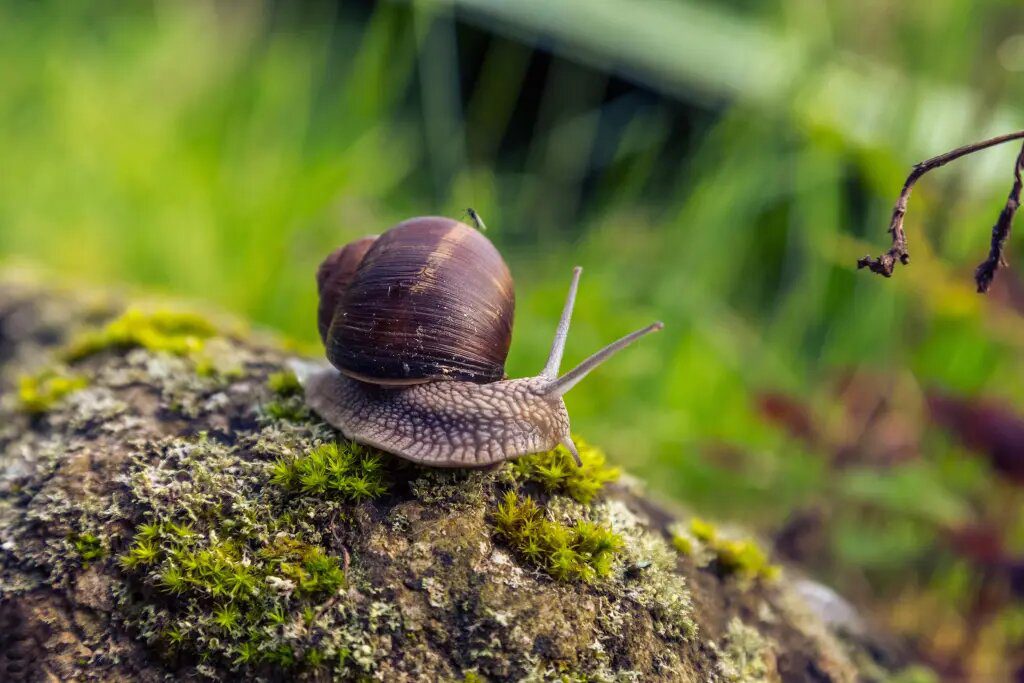
Image: Игорь Куксинский
Mushrooms
Fantastic fungi (If you haven’t seen this film, it’s time.) just might be the most under-appreciated member of the soil rejuvenation team. The number of fungi species range from between 0.8 and 3.8 million species.
Fungi are the foot soldiers of the climate movement. Their quiet contributions include nutrient cycling—the process of transforming nutrients into a form that plants can use (like their pals the micro-herd)—carbon cycling and climate regulation, nutrition and food security, human health, environmental protection, and sustainable materials.
Believe it or not, mycelium—the root structure of mushrooms—are being used already for packaging, clothes, shoes, sustainable leather, skincare products, and more. These products are all biodegradable and require less water and land to produce.
As carbon cyclers and climate regulators, fungi are able to capture carbon in the atmosphere and store it in the soil for decades or longer. Fungi may even help us deal with substances that take longer and are more difficult to break down, like plastics, pharmaceuticals, and oils. They can help degrade these pollutants and reduce environmental pollution in the process.
And in case you were wondering, you can also eat some mushrooms… and not just because they taste good on a pizza. Edible mushrooms are a great source of necessary vitamins and minerals, they’re cheap to grow, and they make a good substitute for meat in vegetarian or vegan diets.
How can you help mushrooms?
In the words of Dr. Seuss’ The Lorax, let it grow.
Mushrooms grow in shady places… which means that deforestation and land conversion to agriculture harm soil fungi diversity. Soil degradation and salinization, or the accumulation of water-soluble salts in the soil, also harm the function of fungi.
Superheroes Come in All Shapes and Sizes
Everything, and I mean everything, has a role to play to make sure life on our planet flourishes.
Even the most mundane and easily overlooked creatures are doing their part to balance the ecosystem and maintain a healthy environment for all.
You can take matters into your own hands in your backyard by letting mushrooms do their thing in your lawn and wooded areas.
And if you have a minute, advocate for moss, mushrooms, and the micro-herd by telling your local policymakers to adopt and support water and soil conservation efforts that include teaching area farmers and businesses about regenerative soil management practices.
Jesus loves the little bugs, plants, and mushrooms, and if we love the little things, too, we’ll be able to pass on a healthier and greener lovingly created earth to our little children.

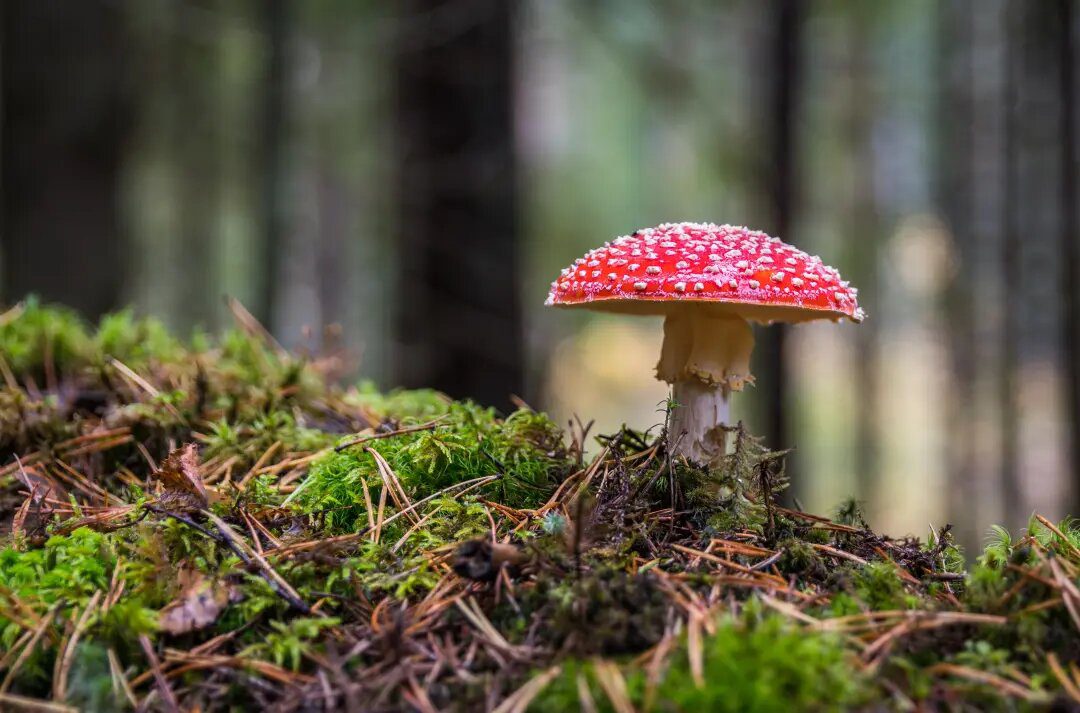
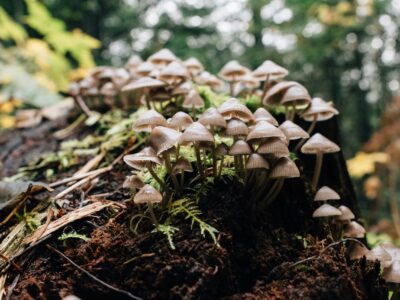
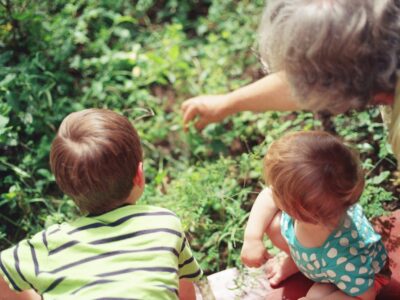
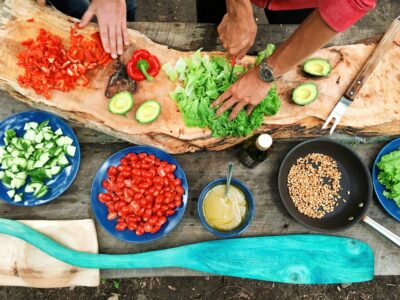
 Copyright
2024
Root and Vine
Copyright
2024
Root and Vine